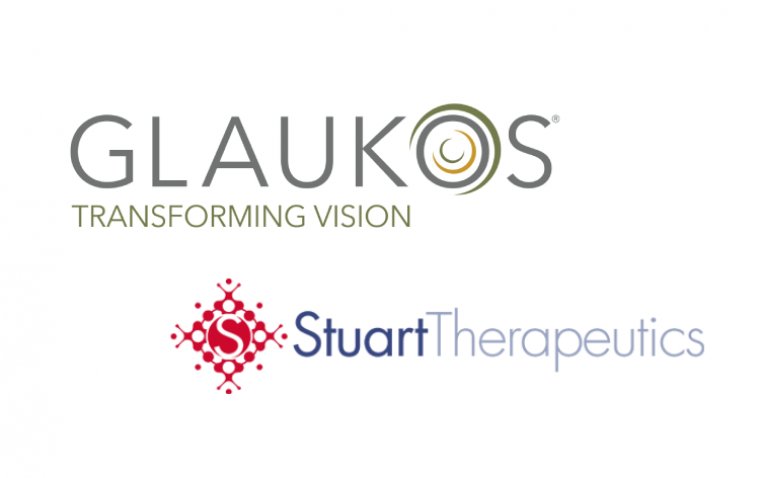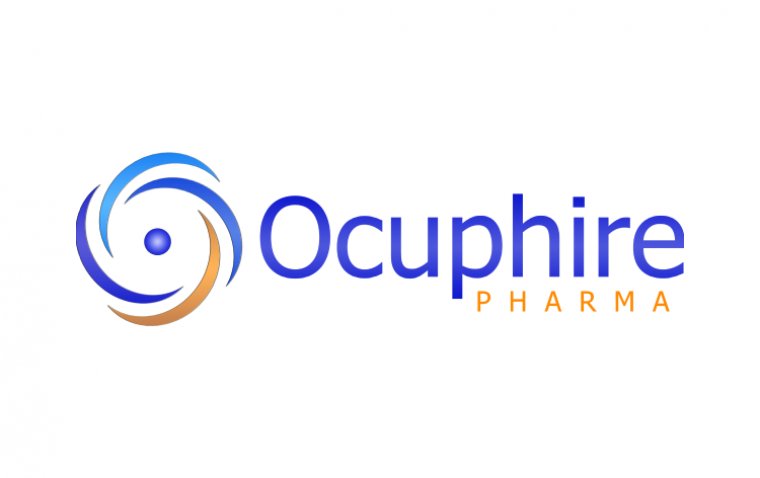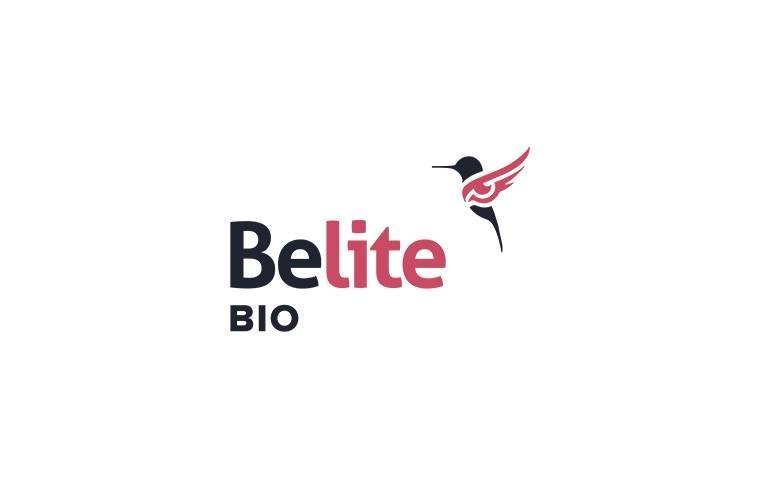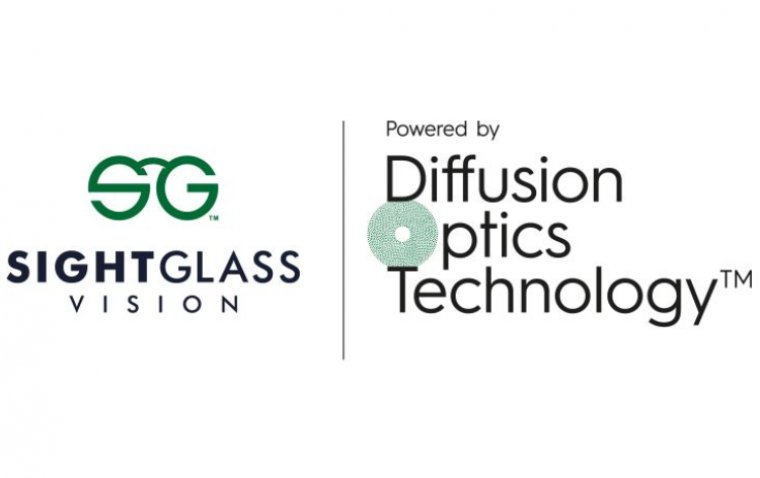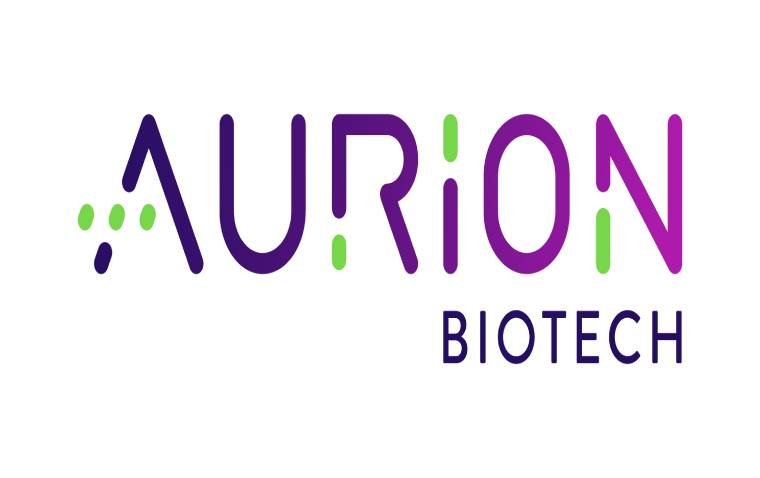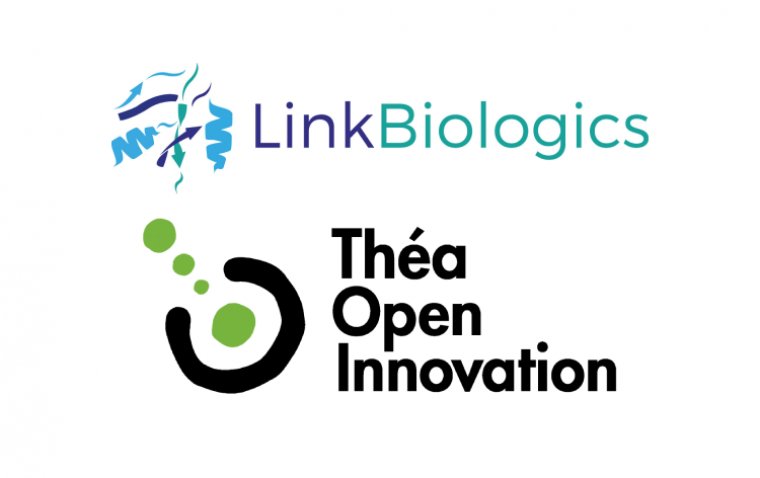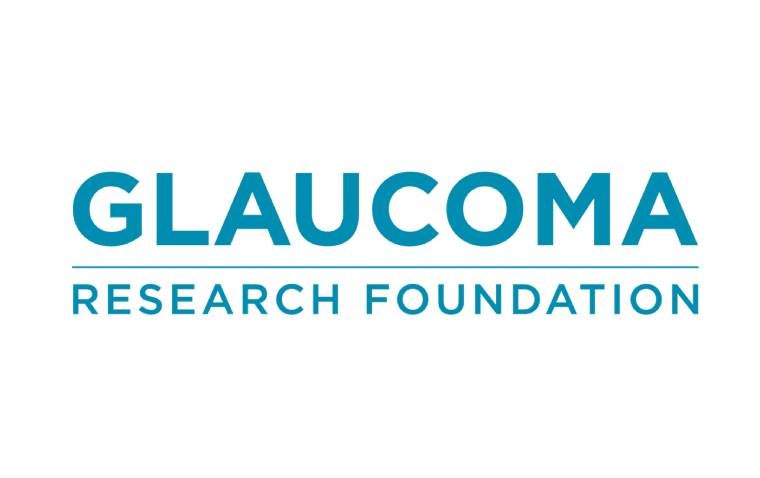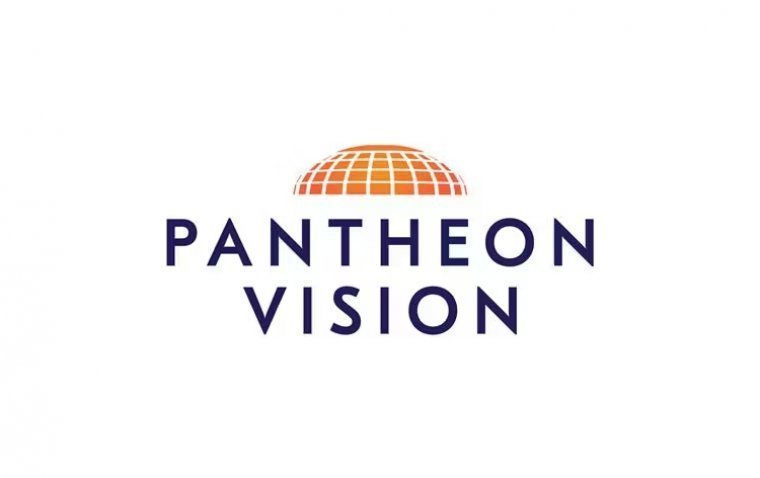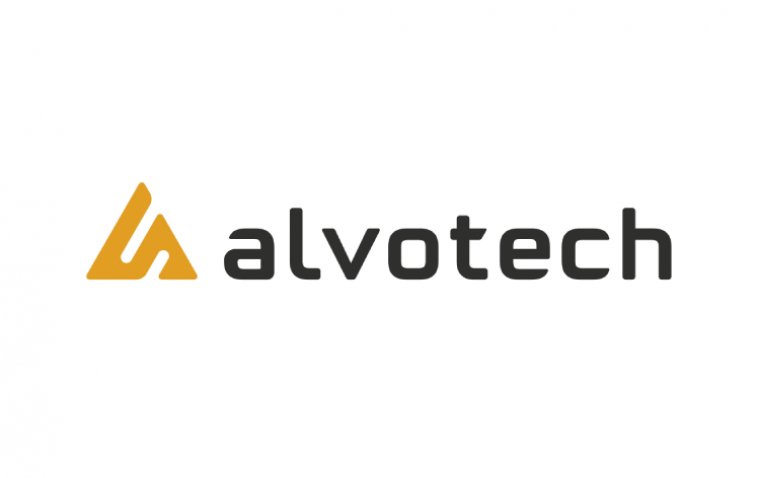
FDA Grants De Novo Authorization for Notal Vision’s Scanly Home OCT Device
Notal Vision announced that the FDA has granted De Novo authorization for its patient self-operated Scanly Home OCT device. Designated by the FDA as a breakthrough device for patients suffering from wet age-related macular degeneration (AMD), Scanly Home OCT aims to improve personalized care for these patients.
Scanly captures spectral-domain optical coherence tomography (OCT) images in a 10x10-degree area centered on the point of fixation. The proprietary AI-based Notal OCT Analyzer (NOA) segments and estimates the volume of hypo-reflective spaces (HRS)—biomarkers in managing AMD—on OCT images.
Enhancing Ophthalmology with Scanly Home OCT
Ophthalmologists will be able to prescribe the Scanly Home OCT Monitoring Program, provided by the Notal Vision Monitoring Center, for greater disease insights through remote access to high-resolution OCT images and NOA image analysis between patients’ regularly scheduled office visits.
In two pivotal US trials involving over 500 patients, Notal Vision demonstrated that Scanly is a safe and efficacious way to visualize intra- and subretinal hypo-reflective spaces. A longitudinal pivotal study of wet AMD patients with a mean age of 77 years found that 97% of all participants were able to successfully obtain OCT images at home. The participants performed a total of 5,426 scans in the study eye, with 97% of all imaging attempts being successful. An adherence rate of 5.9 scans/week was observed. The self-imaging by patients took 48 seconds on average.
Seamless Integration with Patient Lives
After enrollment in the Scanly Home OCT Monitoring Program and delivery of the device via courier, patients complete set up and begin daily scanning from the comfort of home. At the end of each session, images are automatically transmitted via a built-in wireless connection to the Notal Health Cloud for analysis. Physicians can review data, set eye-specific notification criteria, including a volume threshold for total retinal hypo-reflective (TRO) spaces, and receive notifications through a HIPAA-compliant web portal.
Patients are supported by clinically trained staff at the physician-led Notal Vision Monitoring Center, which has monitored more than 44,000 patients since introduction of the ForeseeHome AMD Monitoring Program, a Medicare-covered service for monitoring intermediate AMD, in 2016. As the patients’ first point of contact, the monitoring center manages insurance and benefits verification, phone support, and compliance reminders on behalf of the physician’s office.
Billing and Coverage for Remote OCT Services
A set of established and dedicated CPT codes for remote OCT (0604T, 0605T and 0606T) allows physicians and the monitoring center to bill for their services every 30 days, according to Notal Vision. The company said it will work with the community and Medicare Administrative Contractors to establish coverage and payment for remote OCT billing codes.
“We are very excited to receive FDA authorization to market Scanly Home OCT as the first patient self-operated, home-use device that gives physicians remote access to high-resolution, cross-sectional retinal images and AI-based analytical biomarkers of their patients' eyes between office visits,” said Kester Nahen, PhD, CEO of Notal Vision. “We look forward to supporting our referring physicians in navigating their wet AMD patients’ care.”
About Wet AMD
Wet age-related macular degeneration (wet AMD) is a severe and rapidly progressing form of macular degeneration that leads to significant vision loss in the central field of vision. Unlike its counterpart, dry AMD, wet AMD is characterized by the growth of abnormal blood vessels under the retina, which leak fluid or blood and cause damage to the macula—the part of the retina responsible for sharp, central vision. This condition primarily affects individuals over the age of 50 and is a leading cause of blindness among the elderly.
(1).jpg)
